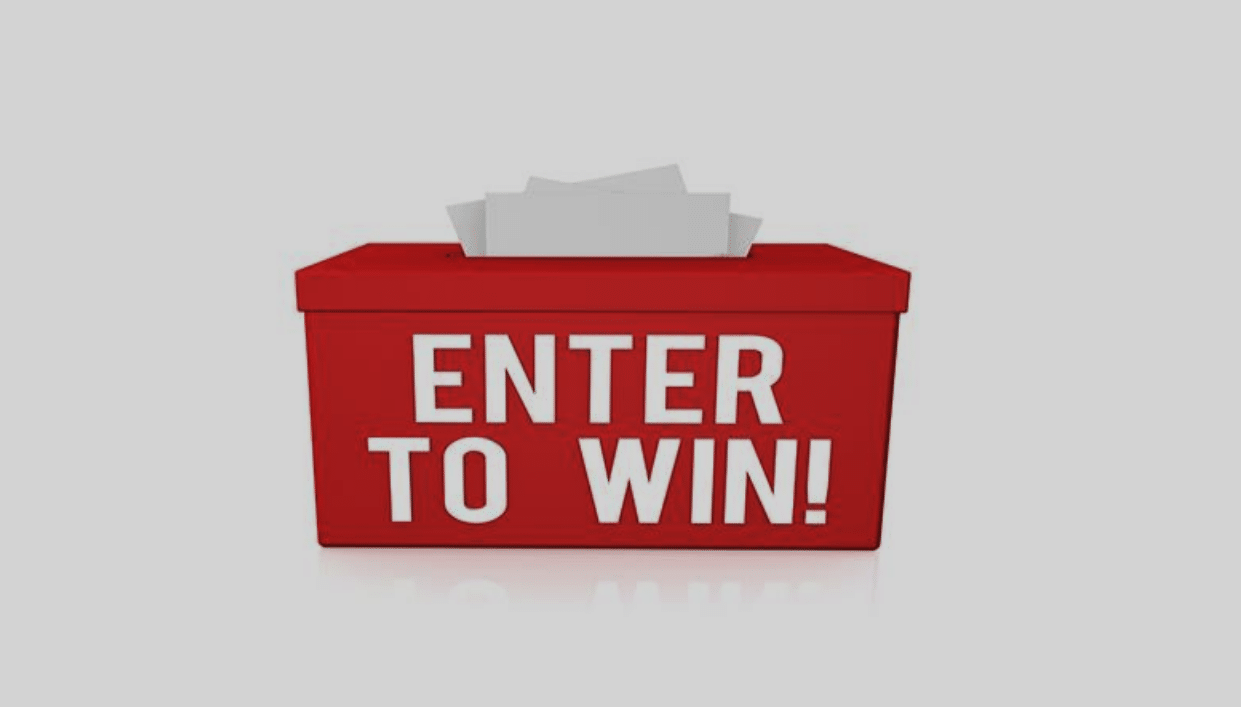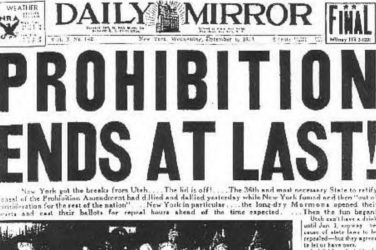California’s contingency management (CM) program is slowly getting off the ground, following the Medi-Cal expansion in 2022 that allowed the state to become the first to get CM expenses reimbursed through Medicaid. A 24-week outpatient Recovery Incentives Program will offer participants “low-denomination gift cards” in exchange for producing urine drug screens (UDS) that are negative for methamphetamine, amphetamine or cocaine.
Contingency management is a form of treatment that rewards abstinence, by way of negative UDS. It’s often framed as the best treatment pathway for stimulant use disorder—particularly meth. Which doesn’t mean it’s effective so much as it means we have yet to legalize anything better.
Protocols vary, but generally programs last a couple of months and allow participants to earn incrementally larger rewards. They reset back to the starting amount, or sometimes just a lower amount, if a UDS is positive for stimulants. CM is more effective the higher the incentive value, but participants usually can’t earn more than a few hundred dollars due to a handful of artificially imposed restrictions at the state or federal level. The Recovery Incentives Program is unusual in that it allows for up to $599.
People don’t have to produce a meth-positive UDS in order to begin the program, which is promising. Residents of participating counties just need to have Medi-Cal and do an intake screening. Minors under 12 are able to participate, with parental consent.
Researchers in Oregon are looking into whether peer-led programs in which CM participants choose their own treatment outcomes are more effective than traditional CM, which really only ever has one goal—abstinence—whether it’s what the participant would have chosen or not.
Some participants find CM genuinely accessible and encouraging of their meth recovery goals. Some at least get gift cards they wouldn’t have otherwise. Some aren’t aiming for recovery but know their way around what look to be pretty standard UDS protocols. And I love that for all of them. What I don’t understand is which kind of meth users these programs are designed for.
It’s not the people using chaotically, and it’s not the people who are stable.
It’s not the people who use meth in large quantities. Studies show that “problem severity” is a predictor of how many incentives someone is likely to earn, and that people beginning CM from a baseline of higher use unfortunately tend to not do as well.
It’s also not the people who have used meth for a long time; same pattern.
It’s not the people who use meth continuously. Occasionally some programs or studies reference using appointment attendence as an outcome, as opposed to just abstinence. While this is good in the sense that options are good, there’s the small problem of meth withdrawal being extremely unconducive to physically reporting to a clinic, unless the clinic is located in the same place that you sleep. Meth users need meth to go places. Personally, if I’m three days out from my last meth use then the only way I’m making that appointment is if I’ve switched to Adderall or cocaine or crack. In the Recovery Incentives Program, at least, you’re not allowed to do that.
It’s not polysubstance users; not really. Participants in the Recovery Incentives Program are allowed to produce UDS that are positive for non-stimulant drugs, but it’ll trigger some kind of discussion about additional treatment. They’re allowed to participate while on medication for opioid use disorder, but also face their UDS results being recorded on their electronic health record, “to the extent permitted by federal and state confidentiality laws.”
It’s not people in rural areas. Some of these programs have participants coming out to piss in a cup three times a week. The increments by which they increase the reward amounts are something like $1.50 per week.
It’s not the people using too chaotically to stay on a fixed schedule for months. The California pilot is more flexible than some others, allowing participants to miss up to six consecutive appointments before disenrolling them.
It’s not the people who are financially stable, and don’t need a $10 gift card badly enough to go across town every few days. It’s definitely not the people who rely on meth as a form of income.
CM didn’t invent the concept of financial paternalism toward drug users, but it did make it more annoying.
Mostly I’m confused by what the end game is supposed to be. The thing about CM is that whatever behavioral change someone is incentivized to make, it tends not to last after six months or whenever the incentives conclude.
The way people talk about CM, whether they’re for or against it, sometimes makes me feel slightly insane. The narrative is that CM is just like when “parents coax their children into adopting good behaviors.” That it works because of operant conditioning, because receiving the incentives “triggers that reward place in the brain.” Because the function of a $20 gift card “to get a dopamine release, instead of meth or coke,” rather than to be worth $20.
CM didn’t invent the concept of financial paternalism toward drug users, but it did make it more annoying. Now the broader public believes that the way to keep meth users healthy is by promising them that if they stay on their best behavior, they will get a treat.
In some programs, participants who produce meth-negative UDS know what tier of incentive they’ll be getting. In others, they pull a raffle ticket out of a jar to find out whether their reward is $1 or a $20 Walmart gift card, or a slip of paper that says “Good job!” In the California pilot, the incentive parameters are determined by individual vendors, but in addition to prohibiting participants (how..?) from cashing out the cards to buy marijuana, alcohol or cigarettes, they don’t want you to use them to play the lottery.
Image via South Carolina Secretary of State





Show Comments